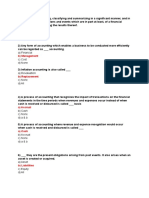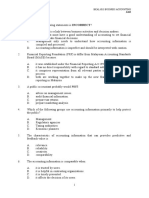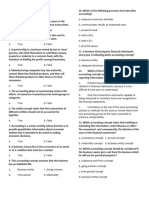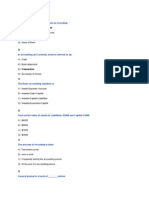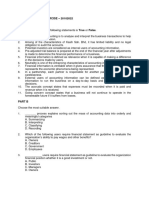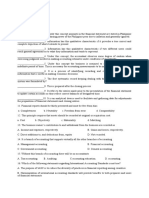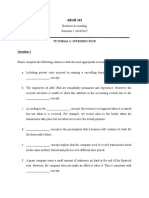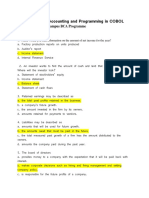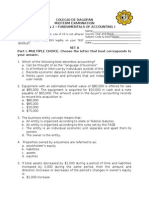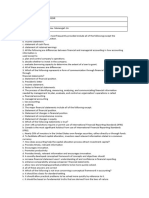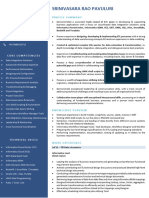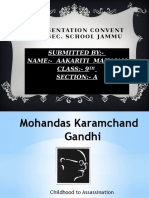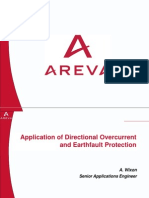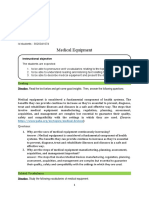0% found this document useful (0 votes)
66 views5 pagesTutorial 1-1
The document is a tutorial for the course BKAFK1023: Introduction to Financial Accounting, containing multiple-choice questions and structural questions related to financial accounting concepts. It covers topics such as accounting equations, qualitative characteristics of financial information, and various accounting assumptions. Additionally, it includes a practical exercise requiring the preparation of accounting statements based on transactions for a fictional business, Aini Enterprise.
Uploaded by
Jenny KeeCopyright
© © All Rights Reserved
We take content rights seriously. If you suspect this is your content, claim it here.
Available Formats
Download as PDF, TXT or read online on Scribd
0% found this document useful (0 votes)
66 views5 pagesTutorial 1-1
The document is a tutorial for the course BKAFK1023: Introduction to Financial Accounting, containing multiple-choice questions and structural questions related to financial accounting concepts. It covers topics such as accounting equations, qualitative characteristics of financial information, and various accounting assumptions. Additionally, it includes a practical exercise requiring the preparation of accounting statements based on transactions for a fictional business, Aini Enterprise.
Uploaded by
Jenny KeeCopyright
© © All Rights Reserved
We take content rights seriously. If you suspect this is your content, claim it here.
Available Formats
Download as PDF, TXT or read online on Scribd
/ 5






